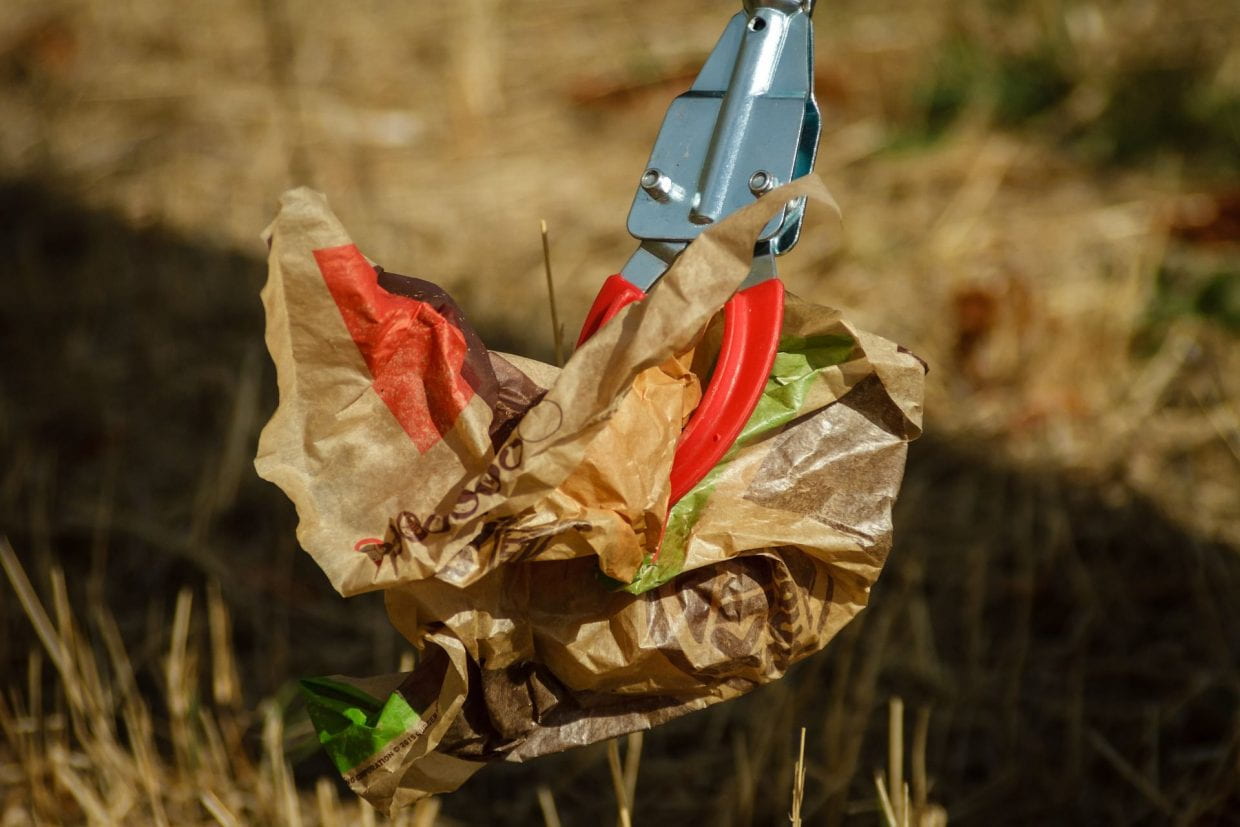Hello! In today’s post, it will be a continuation of the previous blogpost on the pollution that arises from the fast food industry. Mainly, I talked about the production of beef and how agricultural pollution has led to air and water pollution. In this post, I will be talking about another form of pollution that arises from fast food restaurants… the packaging and wrapping that comes with the food!! You see, packaging does not only come with delivery or take outs, it also comes when you dine in.
In a report, it was expected that the global delivery and takeaway food market (valued at $89 billion in 2015) was expected to grow by 2.7% annually to over $102 billion by this year (Gallego-Schmid, Mendoza and Azapagic, 2019). This increase in revenue would mean that more people will be making use of this service of take away and delivery, meaning and increase in the usage of packaging. It is popular because it gives customers the option of being able to easily, efficiently and conveniently attain food because of efficient production technologies (Aarnio and Hämäläinen, 2008).
These fast-food packaging are designed to prevent the grease from foods such as pizza and burgers to leak out. Hence, usually the seemingly eco-friendly paper bags and packaging are coated with perfluoroalkyls, which are toxic compounds that harm the environment and human health (Food Empowerment Project, 2020). These compound was found to break down in people’s bodies to produce a chemical PFOA which could increase the risk of cancer and liver problems (Hawthorne, 2017). Hence, food chains such as McDonalds and Burger King agreed to stop using this chemical in their packaging (Hawthorne, 2017).
Unfortunately, these packaging are designed for single-use and are not usually recycled or reused due to low recyclability potential Gallego-Schmid, Mendoza and Azapagic, 2019). Let’s be honest, when was the last time you recycled your McSpicy box instead of throwing it straight into the trash can! It was found in the US that almost half of the litter found on the streets comprised of fast-food packaging. When left in the environment, the harmful chemicals that makes up the coating gets released into the environment and may be washed away by rainfall runoff that enters our water catchment areas.
As can be seen here, fast food packaging may not be that environmentally friendly. In the next blogpost, I will be discussing the challenges that is faced in reducing the pollution caused by the fast food industry.
Reference:
Aarnio, T. and Hämäläinen, A., 2008. Challenges in packaging waste management in the fast food industry. Resources, Conservation and Recycling, 52(4), pp.612-621.
Food Empowerment Project. 2020. Fast Food. [online] Available at: <https://foodispower.org/access-health/fast-food/>
FoodPrint. 2020. The Environmental Impact Of Food Packaging | Foodprint. [online] Available at: <https://foodprint.org/issues/the-environmental-impact-of-food-packaging/>.
Gallego-Schmid, A., Mendoza, J. and Azapagic, A., 2019. Environmental impacts of takeaway food containers. Journal of Cleaner Production, 211, pp.417-427.
Hawthorne, M., 2017. Potentially dangerous chemicals found in fast-food wrappers, researchers say. Chicago Tribune, [online] Available at: <https://www.chicagotribune.com/lifestyles/health/ct-fast-food-chemicals-in-packaging-20170201-story.html>.
Featured Image:
Schütz, C., n.d. Garbage Collect Disposal Pliers. [image] Available at: <https://pixabay.com/photos/garbage-collect-disposal-pliers-1713777/>.
Image:
ProjectManhattan, 2013. Mcdonald’s Ebi Burger, Sold In Singapore In November 2013. [image] Available at: <https://commons.wikimedia.org/wiki/File:Ebi_burger.jpg>.

